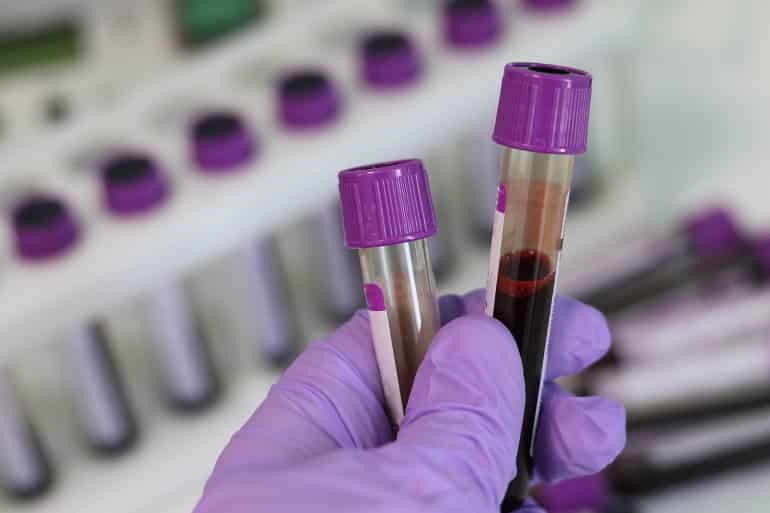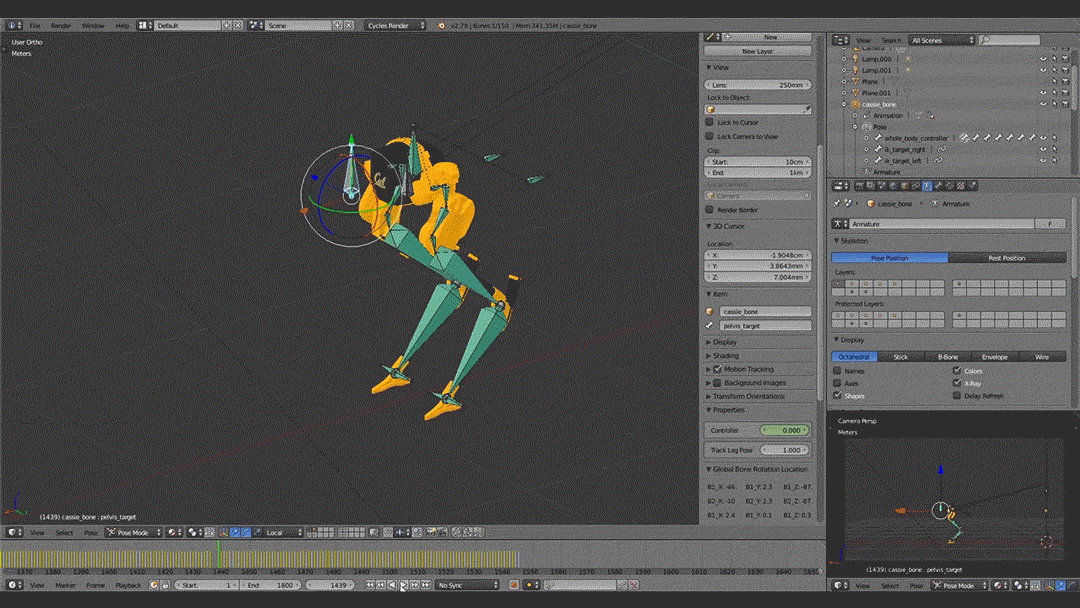Injection molded glass could revolutionize production of telecom equipment.



Rice University computer scientists have demonstrated artificial intelligence (AI) software that runs on commodity processors and trains deep neural networks 15 times faster than platforms based on graphics processors.
“The cost of training is the actual bottleneck in AI,” said Anshumali Shrivastava, an assistant professor of computer science at Rice’s Brown School of Engineering. “Companies are spending millions of dollars a week just to train and fine-tune their AI workloads.”
Shrivastava and collaborators from Rice and Intel will present research that addresses that bottleneck April 8 at the machine learning systems conference MLSys.
Automated matchmakers do what no human can.

Summary: A new blood test can distinguish the severity of a person’s depression and their risk for developing severe depression at a later point. The test can also determine if a person is at risk for developing bipolar disorder. Researchers say the blood test can also assist in tailoring individual options for therapeutic interventions.
Source: Indiana University.
Worldwide, 1 in 4 people will suffer from a depressive episode in their lifetime.


LIVERMORE (CBS SF) — It sounds like a scene from a Hollywood sci-fi thriller, but researchers from Lawrence Livermore National lab have joined with an Air Force team of technologists to test if a nuclear blast could be used to deflect an earth-threatening asteroid.
Whether it be Bruce Willis and his crew of oil drillers taking on an asteroid as it approaches earth in ‘Armageddon’ or Tia Leoni and her father awaiting a massive tidal wave from an asteroid strike in ‘Deep Impact,’ Hollywood has been fascinated by the threat from space.

Circa 2009
(PhysOrg.com) — Scientists have managed to levitate young mice in research carried out for NASA. Levitated mice may help research on bone density loss during long exposures to low gravity, such as in space travel and missions to other planets.
The researchers worked from a number of laboratories around the U.S., including the Jet Propulsion Laboratory in Pasadena, California and the University of Missouri. The research was done on behalf of NASA, and was published in the online journal Advances in Space Research on 6 September 2009.
The scientists built a variable gravity simulator consisting of a superconducting magnet that could generate a magnetic field strong enough to levitate the water inside every cell in the mouse’s body. Water is weakly diamagnetic, which means that in the presence of a strong magnetic field the electrons in water rearrange orbit slightly, creating tiny currents in opposition to the external magnetic field. If the external magnet is strong enough, the diamagnetic repulsion of the water in the mouse tissue is enough to exactly balance the force of gravity on the body.

However, two rival teams, one in France and one in Switzerland, are now striving relentlessly towards the same goal: to create the fastest sailboat ever built.
One is headed by the former world title holder, and there are two brothers involved — but on opposing teams.
Paul Larsen is a sailing speed freak. His Vestas Sailrocket 2 boat broke the world speed sailing record for a mile in 2012: 78.26 mph! What’s he up to now?

Three years of underground robotics competitions culminate in a final event in September with $5 million in prize money.
The DARPA Subterranean Challenge Final Event is scheduled to take place at the Louisville Mega Cavern in Louisville, Kentucky, from September 21 to 23. We’ve followed SubT teams as they’ve explored their way through abandoned mines, unfinished nuclear reactors, and a variety of caves, and now everything comes together in one final course where the winner of the Systems Track will take home the $2 million first prize.
It’s a fitting reward for teams that have been solving some of the hardest problems in robotics, but winning isn’t going to be easy, and we’ll talk with SubT Program Manager Tim Chung about what we have to look forward to.
Since we haven’t talked about SubT in a little while (what with the unfortunate covid-related cancellation of the Systems Track Cave Circuit), here’s a quick refresher of where we are: the teams have made it through the Tunnel Circuit, the Urban Circuit, and a virtual version of the Cave Circuit, and some of them have been testing in caves of their own. The Final Event will include all of these environments, and the teams of robots will have 60 minutes to autonomously map the course, locating artifacts to score points. Since I’m not sure where on Earth there’s an underground location that combines tunnels and caves with urban structures, DARPA is going to have to get creative, and the location in which they’ve chosen to do that is Louisville, Kentucky.

Summary: A newly developed reparative hydrogel, which researchers are dubbing “brain glue”, protects against loss of brain tissue following a TBI and can aid in functional neural repair.
Source: University of Georgia.
At a cost of $38 billion a year, an estimated 5.3 million people are living with a permanent disability related to traumatic brain injury in the United States today, according to the Centers for Disease Control and Prevention. The physical, mental and financial toll of a TBI can be enormous, but new research from the University of Georgia provides promise.